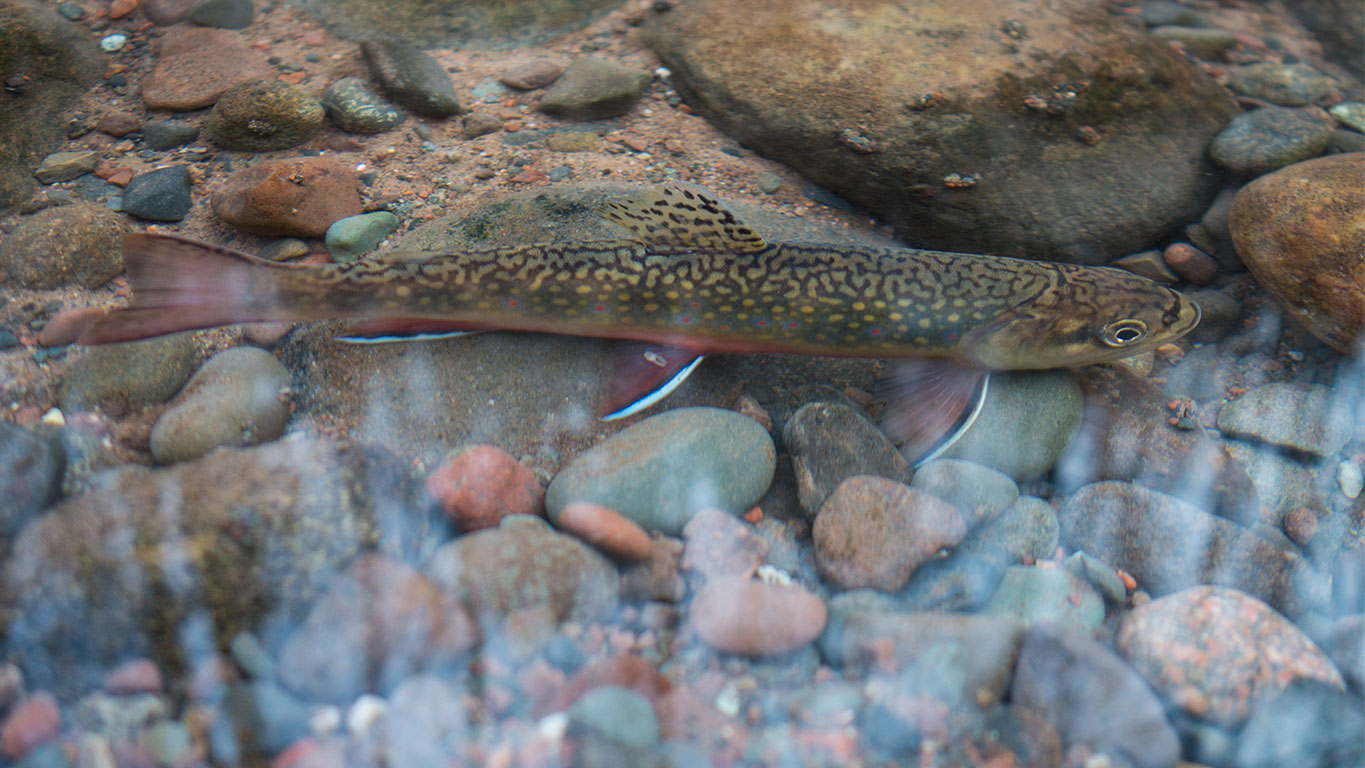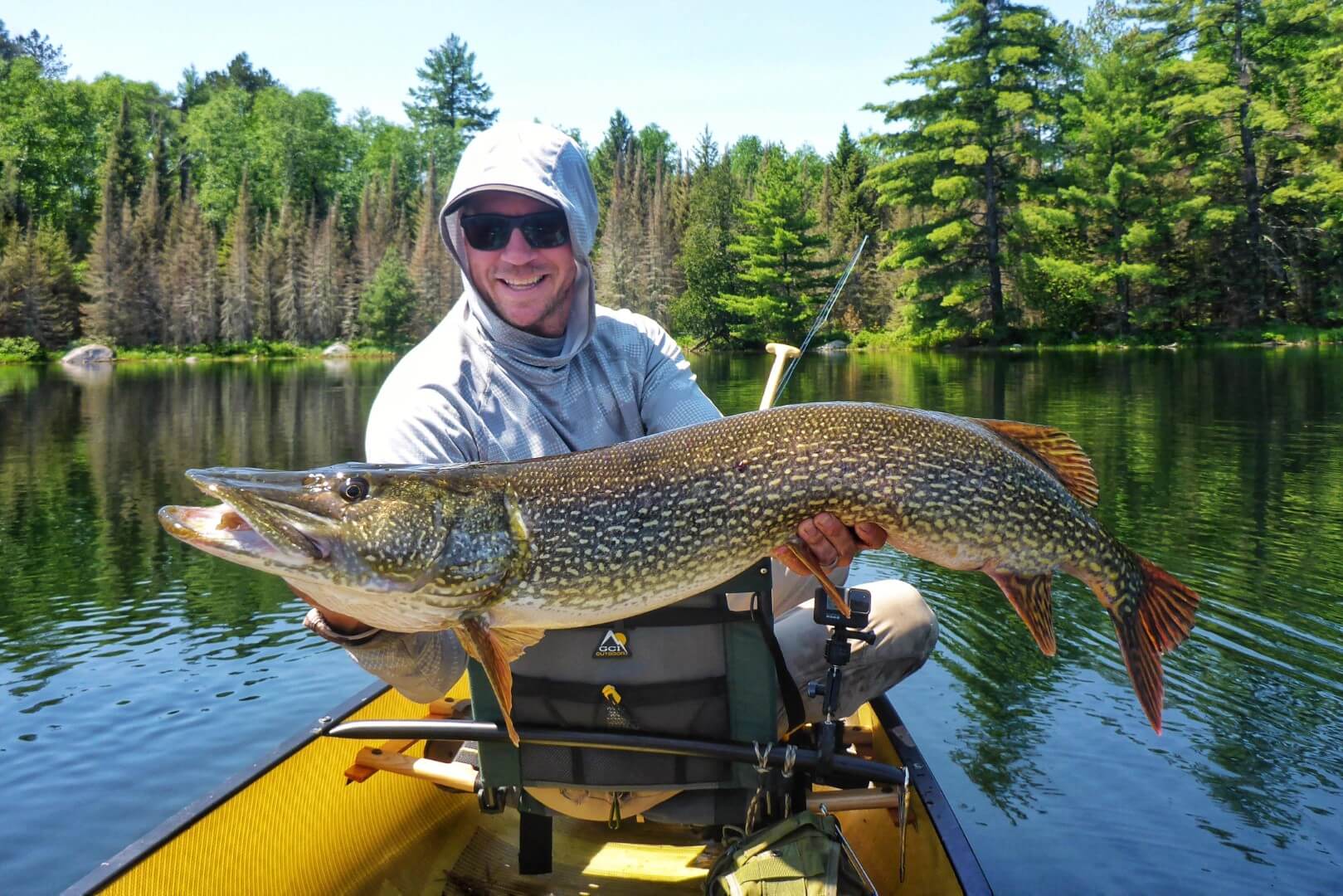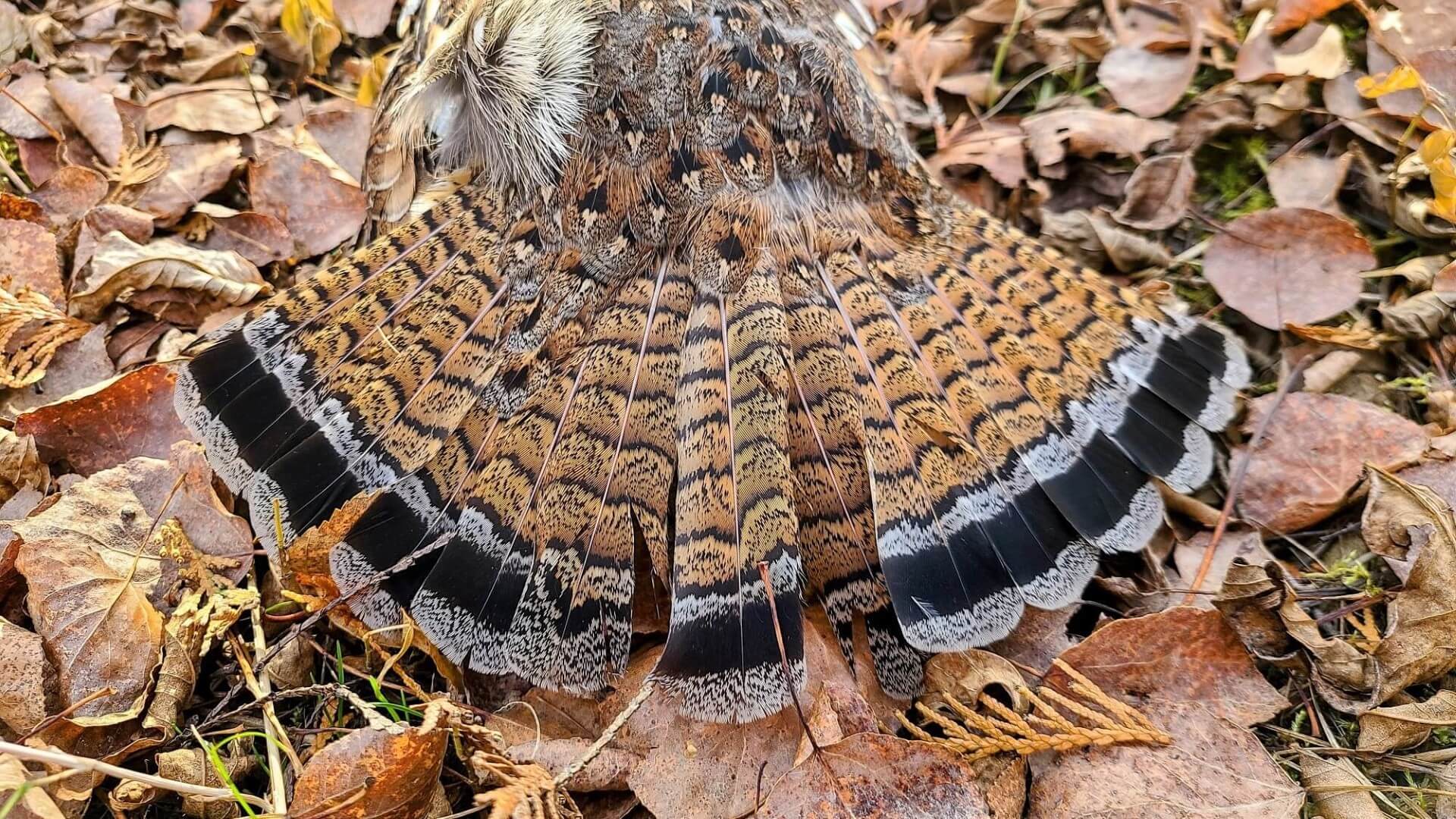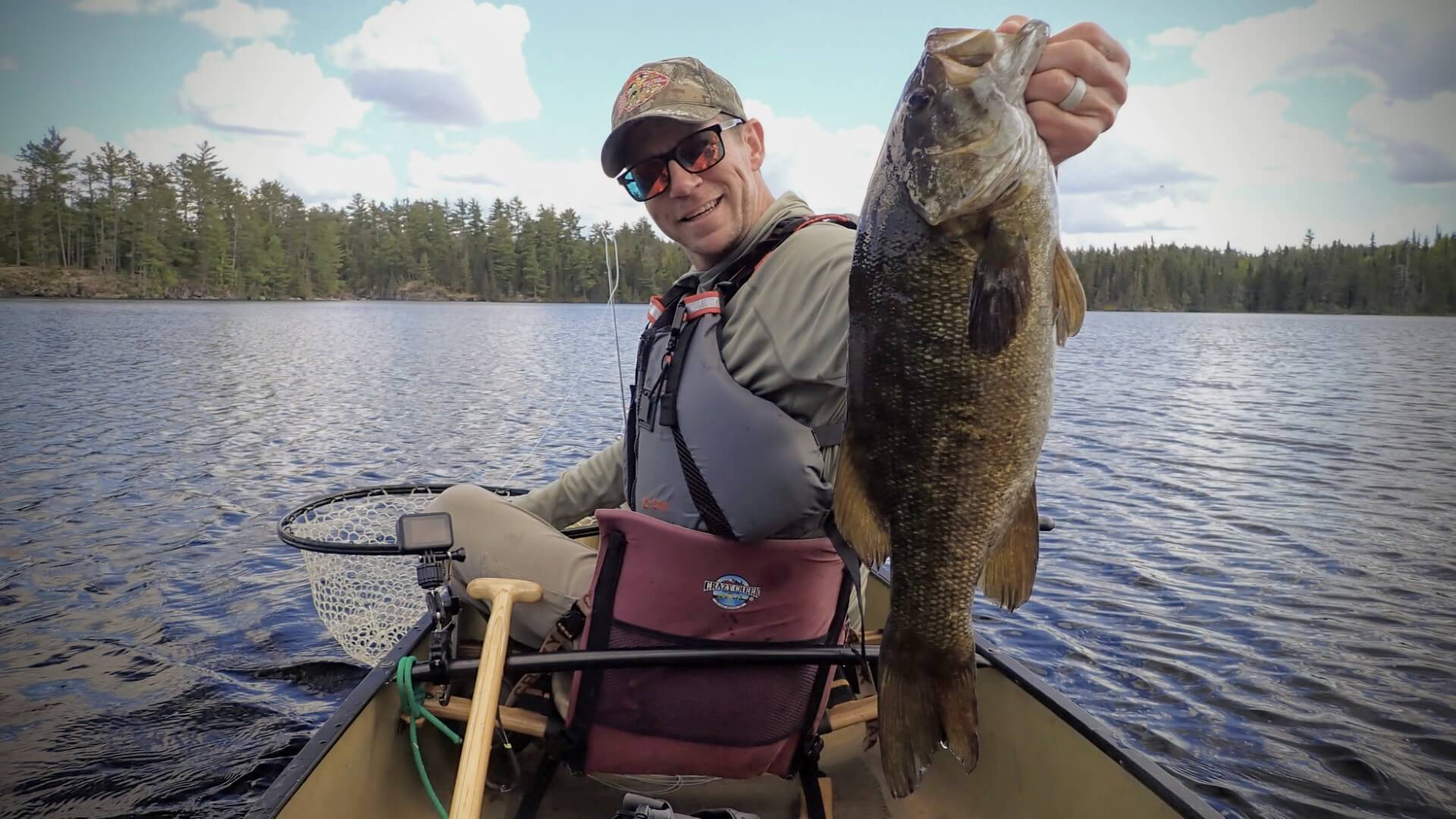Brook Trout Fishing Above the Barriers
I am sure many of you started out trout fishing in smaller creeks and rivers for brook trout, rainbows, and browns. For me I took the opposite approach, diving into steelhead fishing before I even knew there was an opportunity to fish for brook trout above the barriers on the same north shore tributaries I had been fishing all spring and fall. But, if you are new to trout fishing, brook trout fishing can be a great experience to target fish with a variety of different flies and explore some new water.
Although many of the flies and techniques are the same as with steelhead, fishing for brook trout is much more of an adventure. Or at least it can be since these trout can be found in streams that run right through north shore towns like Duluth as well. However, the true experience of brook trout fishing comes from exploring the northland in search of big brookies that see little to no pressure from other anglers. The amount of fishable water on the north shore of Lake Superior is pretty substantial and allows for years of exploring new waters in search of summer brook trout on the fly.
For those of you that are newer to trout fishing and want to give brook trout fishing a try, I have a few tips that should help you get started and help you find some productive water.
The gear:
When choosing a fly rod for any species you want to take into account the size of the fish you are targeting, and the size of the flies you will be throwing. That makes 3, 4, and 5wt rods great options for brook trout since many of the fish will be less than 12” (with a possibility of finding them in the mid to upper teens), and the flies you will use can easily be thrown on a rod of those weights. Next, you will need to decide on the length of the rod, which should be determined by the size of the river and the amount of overhanging, fly-grabbing, branches. Rods in the 7’ to 8’6” length are ideal for brushy areas, but standard 9’ or even 10’ rods have their benefits too. A standard 9’ 5wt or 4wt is hard to beat. Any reel will do, and your fly line choice should be a standard weight-forward floating line that matches the weight of your rod. I don’t always use a tapered leader, but when I do it’s when I’m fishing for brook trout. There are great fly fishing combos that take the guesswork out of your purchase. If you are looking for a great introductory fly fishing kit, then you should check out the 9’ 5wt Orvis Clearwater Outfit that comes with everything you need except the flies.
I like a 4x nylon tapered leader in roughly the same length as my rod. A spool of 4x nylon tippet should get you by, but adding another spool of fluorocarbon will help if you want to do some nymphing. Speaking of nymphing, we should probably talk flies. Brook trout, especially the ones that haven’t had much pressure are fairly aggressive fish, which make them a ton of fun to target with a variety of different flies. There are definitely times to #matchthehatch, but as a fly tyer, it can be much more satisfying to see what you can get them to eat. If you are nymphing, it is hard to beat a standard pheasant tail or prince nymph, and for those of you that want to feel the tug, throwing a wolly bugger or muddler minnow will work just fine. I’ve also had great luck on my Indruder Bugger. Learn how to tie the Intruder Bugger. But if there is an opportunity, it’s always worth seeing if you can catch them on dry flies. Depending on the time of year, #14 caddis will often be all you need, but a chernobyl ant or other large foam patterns will get their attention, which is often all you need.
Because brook trout are fairly accessible and aggressive eaters they can be vulnerable to overfishing. Those factors combined with their relatively slow growth rate, and climate change impacting the cold water that they thrive in makes it important to practice safe fish handling and catch-and-release.
Finding Water:
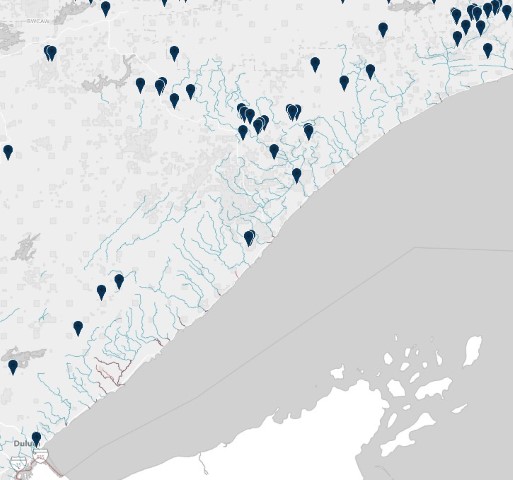
For me, finding water typically starts with the MNDNR Trout Stream Finder to get a broad idea of where to start. I will then narrow down a section of the river by using some type of aerial imagery to find accessible stretches of water. These sections I’m looking for are considered “above the barrier” since they are located further upstream of barriers that stop Lake Superior’s anadromous fish. Then I will pinpoint sections of water that have converging streams, as well as a few larger pools or bends that may hold larger numbers of fish. Brook trout need cold water, and in the middle of summer, when the temperatures start to rise, they will congregate in areas where the water stays cooler. Once you are finally on the water and searching for the most productive water to find some brook trout, it’s good to remember - wood is good, but the foam is home.
If you found this article helpful, please consider sharing!
js-outdoors is a free resource for all anglers.
Please consinder donating to keep this site ad-free!


